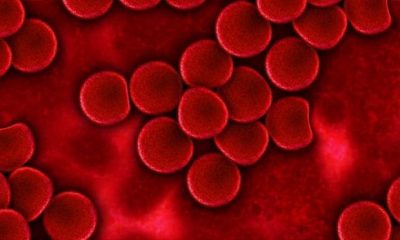Obese people are at risk of suffering a condition similar to Alzheimer’s disease. But this can be countered by healthy weight loss.
A McGill University study published Tuesday in the Journal of Alzheimer’s Disease presented a correlation between obesity-associated neurodegeneration and Alzheimer’s.
Using data from the Alzheimer’s Disease Neuroimaging Initiative (ADNI) database, researchers analyzed and compared the patterns of brain atrophy and amyloid-β/tau protein accumulation in obese people and Alzheimer’s disease patients.
They divided a sample comprising 1,300 individuals into four groups: Alzheimer’s patients, obese individuals, health controls and lean individuals. The team age- and sex-matched all other groups to the Alzheimer’s group and made cortical thickness maps.
The maps of the Alzheimer’s group were compared with healthy controls, while those of obese individuals were compared with lean individuals. The cortical thickness maps of Alzheimer’s patients and obese people were then compared using correlation analyses and permutation-based tests.
The scientists found that obese people and Alzheimer’s patients had very similar patterns of gray matter cortical thinning — a sign of neurodegeneration. This finding suggests that the same type of neurodegeneration may be found in obese people and Alzheimer’s disease patients.
Previous studies showed a link between obesity and Alzheimer’s disease-related changes, such as amyloid-β accumulation and cerebrovascular damage. No research has made a direct comparison between the brain atrophy patterns of the two conditions before this, according to Neuroscience News.
“Our study strengthens previous literature pointing to obesity as a significant factor in AD by showing that cortical thinning might be one of the potential risk mechanisms,” Filip Morys, a Ph.D. researcher at The Neuro and the study’s first author, said, as quoted by the outlet.
The researchers concluded their study by saying that excess weight management could help improve the health outcomes of obese people by slowing down cognitive decline and lowering the risk of Alzheimer’s disease.
“Our results highlight the importance of decreasing weight in obese and overweight individuals in mid-life to decrease the subsequent risk of neurodegeneration and dementia,” Morys quipped.
The latest available data on the Centers for Disease Control and Prevention (CDC) website showed that obesity prevalence was 41.9% between 2017 and March 2020. The condition was most prevalent among adults aged 40 to 59 at 44.3%, followed by adults aged 60 and above at 41.5%.
















